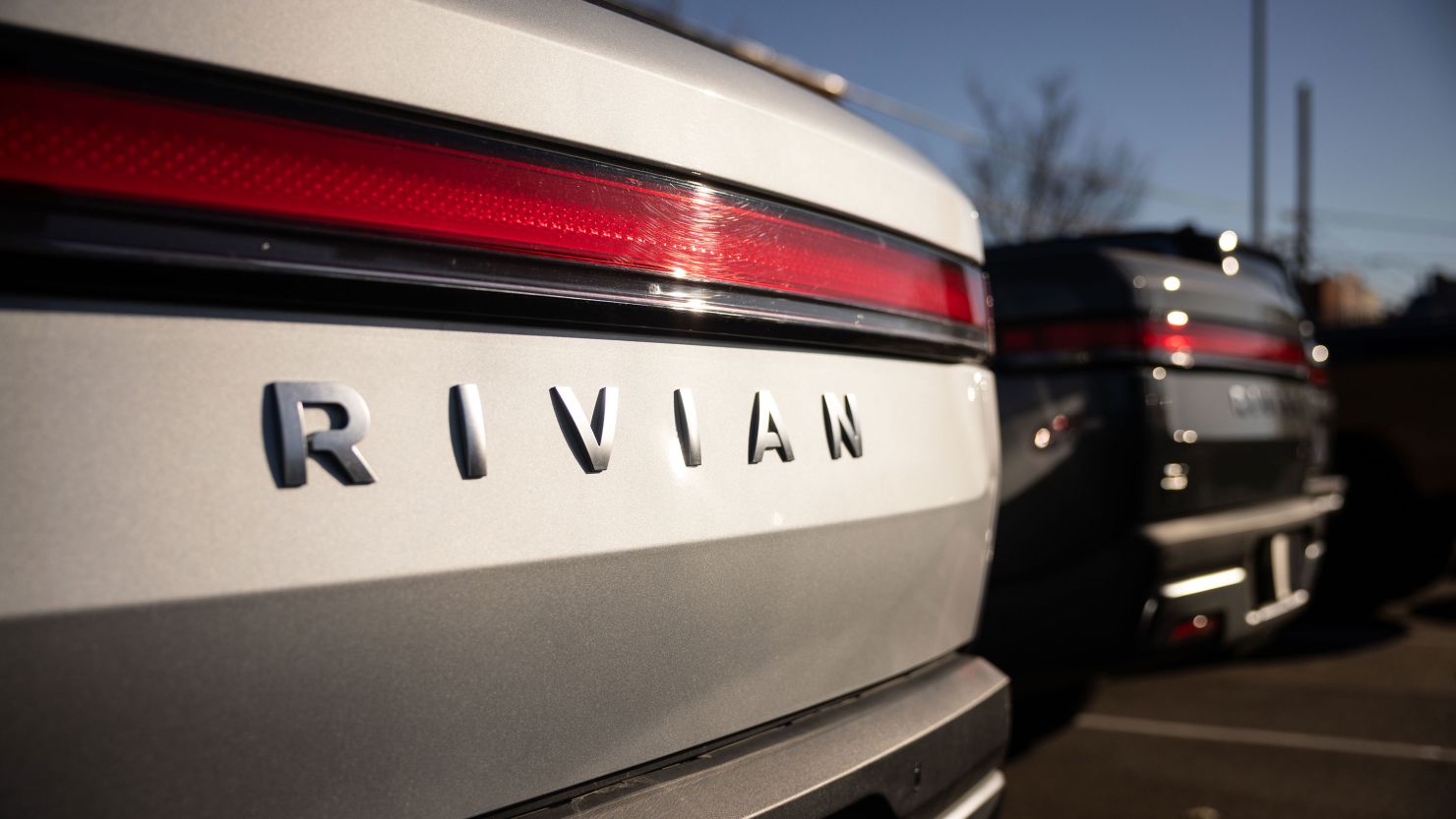Rivian, the electric vehicle (EV) maker, reported better-than-expected results for the third quarter, showcasing its progress in reducing losses, cutting costs, and scaling up production. The company also raised its annual production guidance from 52,000 to 54,000 vehicles.
Key Takeaway
Rivian reported revenue of
.33 billion in the third quarter, driven by the delivery of 15,564 vehicles, representing a significant increase compared to the same period last year. The company also managed to narrow its net loss by 20% from the year-ago period.
Rivian’s Financial Performance
Rivian’s third-quarter revenue of $1.33 billion surpassed analysts’ expectations. The company’s revenue grew by 1.5% quarter over quarter, demonstrating consistent growth. Despite a net loss of $1.37 billion in Q3, Rivian managed to reduce its losses both on a year-over-year and adjusted basis.
On a year-over-year basis, the company’s net loss decreased by 20% compared to the same period last year. Adjusted for various factors, Rivian reported a net loss of $942 million, translating to $1.19 earnings per share. Analysts were forecasting a lower adjusted earnings per share loss of $1.33.
Rivian highlighted its progress in reducing costs, leading to an improvement in its adjusted earnings guidance for the year. The company now expects a loss of $4 billion, which is $300 million less compared to its initial forecast at the beginning of the year.
Rivian’s Production and Growth Prospects
Rivian emphasized its production achievements during the third quarter, stating that it produced 16,304 vehicles within that period. The company also highlighted the ramp-up of its Enduro drive-unit line. As a result, Rivian increased its production guidance for the year from 52,000 to 54,000 vehicles.
Rivian’s positive production trajectory suggests that it is steadily overcoming supply chain issues and inefficiencies that hampered its operations in the past. The company previously raised its production guidance to 50,000 vehicles early this year and has now increased it twice since then.
Rivian’s long-term production capacity in its Illinois factory is set to reach 150,000 EVs annually, with potential plans to increase it to 200,000 vehicles. In the third quarter, the company achieved an annualized production rate of 65,000 vehicles, indicating progress towards reaching its capacity goals.
Challenges and Path to Profitability
Building Rivian vehicles at a cost that exceeds the revenue they generate remains a significant challenge for the company’s profitability. Currently, Rivian’s consumer R1T and R1S vehicles have an average selling price of over $80,000. However, the cost of production outweighs the revenue generated, resulting in losses.
In the second quarter, Rivian incurred a loss of $32,495 per vehicle produced. The company, however, managed to reduce this per unit loss by $2,000 in Q3 by simplifying its product portfolio and implementing measures to reduce material and labor costs.
Rivian expects further improvements in its material cost per unit by leveraging reduced commodity costs, new technologies, and negotiated supplier price reductions. These efforts will contribute to the company’s pursuit of profitability.
Conclusion
Rivian’s latest financial results demonstrate its progress in narrowing losses, increasing revenue, and improving production efficiency. With an upward revision of its production forecast for 2023 and ongoing measures to reduce costs, the company is positioning itself for growth in the competitive EV market. However, it still faces challenges in achieving profitability, primarily due to the high cost of building its vehicles. Future improvements in material costs and ongoing optimization efforts will play a crucial role in Rivian’s path to profitability.

























